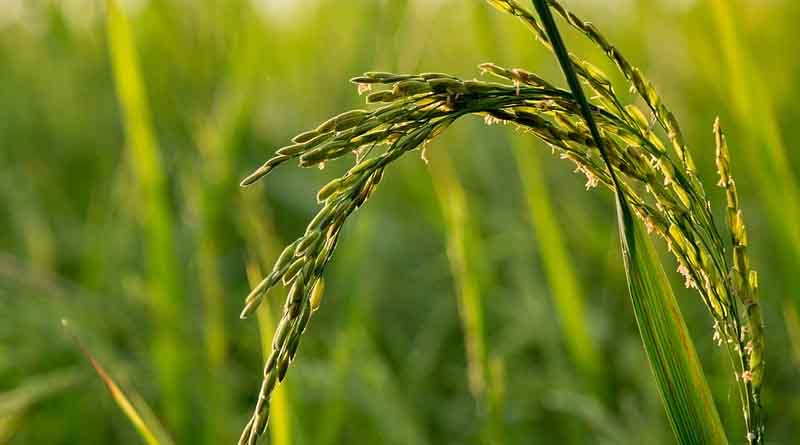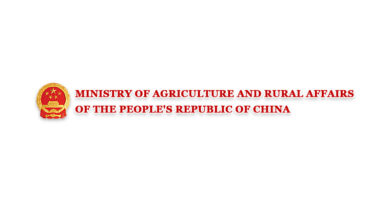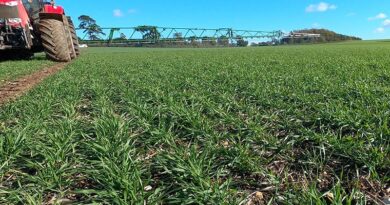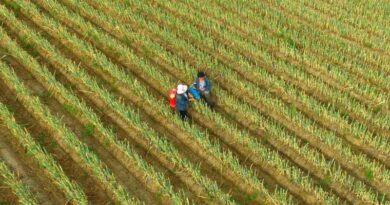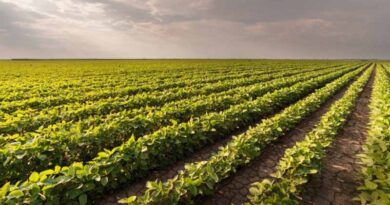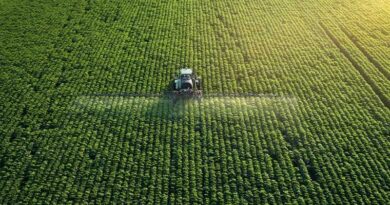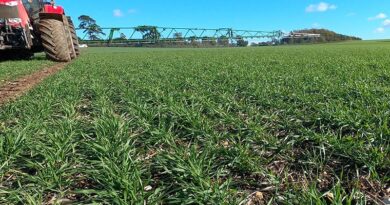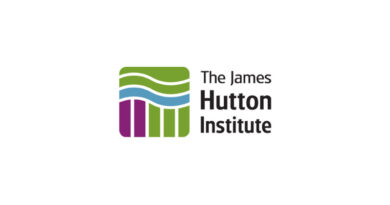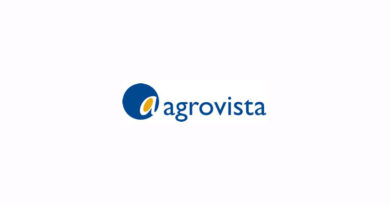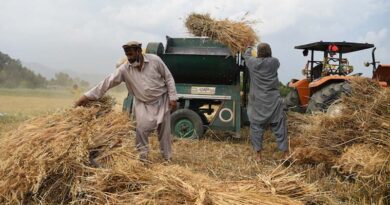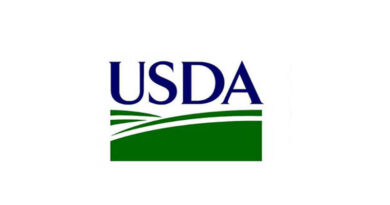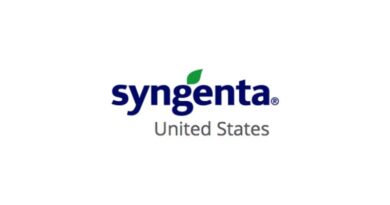Laying a solid foundation for people’s livelihood to stabilize China’s rice bowl
27 November 2023, China: In order to improve the interest compensation mechanism in major grain-producing areas, reduce the financial pressure on major grain-producing counties, solve the urgent and anxious problems of grain-growing farmers in public services, and further protect and mobilize the enthusiasm for focusing on agriculture and grain, the National Development and Reform Commission and other four departments have recently The “Action Plan for Improving the Public Service Capacity of Major Grain-Producing Counties” (hereinafter referred to as the “Action Plan”) was issued, proposing to focus on the shortcomings of public services, continue to increase investment in the construction of public service systems in major grain-producing counties, and create an environment that encourages local governments A positive incentive mechanism that focuses on agriculture and grain and produces more crops.
Food security is “the most important thing in a country”. To ensure food security, farmers must be motivated to grow grain and major producing areas must be motivated to seize grain. Increasing support for major grain-producing counties and ensuring that farmers receive benefits and development is a necessary part of mobilizing and protecting the “two initiatives”. From strengthening financial incentives and subsidies to major producing areas, to adjusting and improving agricultural subsidy policies, to improving comprehensive grain production capabilities, maintaining enthusiasm for growing grains is a systematic project. Among them, improving the public service capabilities of major grain-producing counties and making up for shortcomings in the field of social and people’s livelihood are important aspects to promote grain farmers to focus on production.
Farmers are the main body in ensuring food security. If farmers diversify their crops, Chinese people can have more food in their rice bowls. In reality, due to rising grain production costs, relatively low comparative returns from growing grains, and high natural and market risks in grain production, some farmers have limited returns and low willingness to grow grains. The “Action Plan” requires focusing on the people’s urgent needs and worries, and focusing on the shortcomings and weaknesses of public services in major grain-producing counties. It is to help farmers increase their income and better improve their lives; it is to provide services for agricultural production while focusing on Solve high-frequency service problems such as basic education, medical and health care, and “one elder and one child” to achieve education for children, education for students, medical treatment for diseases, and care for the elderly, and eliminate the worries of growing grains in an all-round way.
The measures to make up for the shortcomings of public services in major grain-producing counties reflect the organic unity of universality and pertinence. It should be noted that ensuring and improving people’s livelihood during development is an overall task that cannot be left to one person in one place. At the same time, grain is an important strategic material. When determining differentiated support policies for public service facilities in major grain-producing counties, taking grain output and grain production increase as important considerations will help create positive incentives for more grain production and more support. and a virtuous circle, forcing local governments not to relax or be discouraged in food production.
Improving public services must ultimately be judged by the satisfaction of the masses. The “Action Plan” clarifies the requirements of “four linkages” in the basic principles, demonstrating a pragmatic work attitude. Among them, the linkage of supply and demand means determining supply based on demand, inducing demand based on supply, and optimizing the layout according to demand; the linkage of software and hardware means taking infrastructure construction as the guide and coordinating the investment of personnel, funds and other element resources to ensure that the project continues to play a role; funds Linkage means using money for multiple purposes and using more money for one purpose, so that fiscal, financial and other funds can form a synergistic force; policy linkage means strengthening top-level design and forming a long-term support mechanism. A good public service project does not depend on how big the stall is or how famous the name is, but on whether it is easy to use and economical. All localities should do their best and within their capabilities, avoid large-scale demolition and construction, and image projects, truly put services in the hearts of the people, and effectively improve the sense of gain, happiness, and security of grain farmers.
In the fields of hope, new harvests are being nurtured and a better life is being created. By allowing farmers to produce food and improve their lives at the same time, there will be great potential and achievements in various places. One step at a time, one stick after another, let more high-quality service resources sink and be delivered to the people. By 2030, the public service facility network in major grain-producing counties will be more complete and the basic public service capabilities will reach the provincial average. If it can be realized, it will bring more benefits to grain farmers and lay a solid foundation for people’s livelihood to stabilize China’s rice bowl.
Also Read: CO2-free hydrogen: BASF receives funding approval for 54-megawatt water electrolysis plant
(For Latest Agriculture News & Updates, follow Krishak Jagat on Google News)

